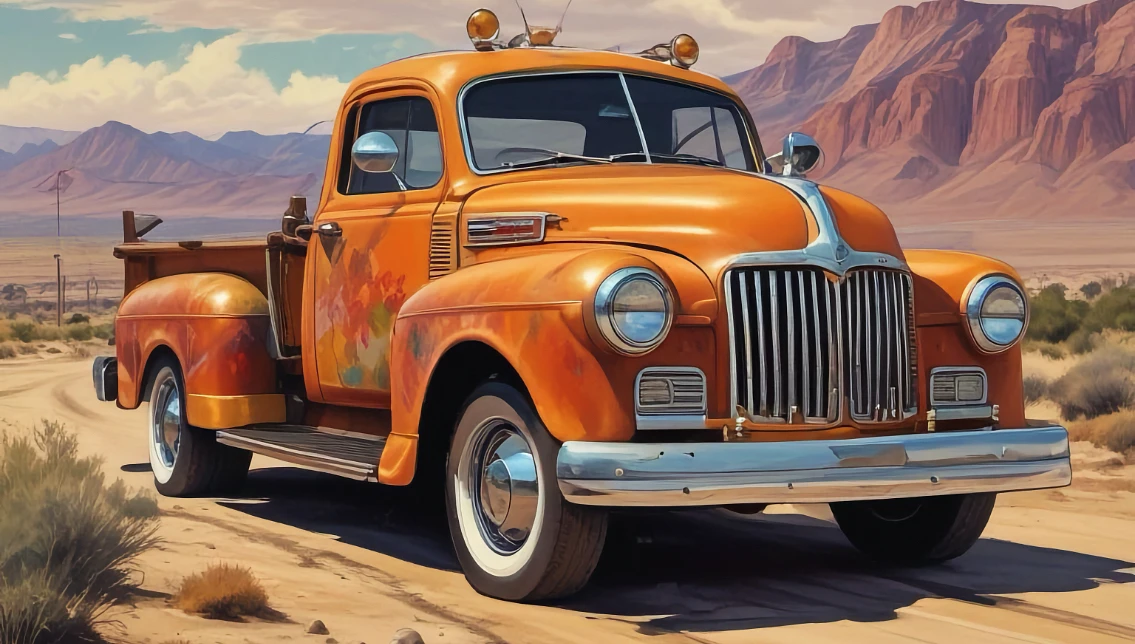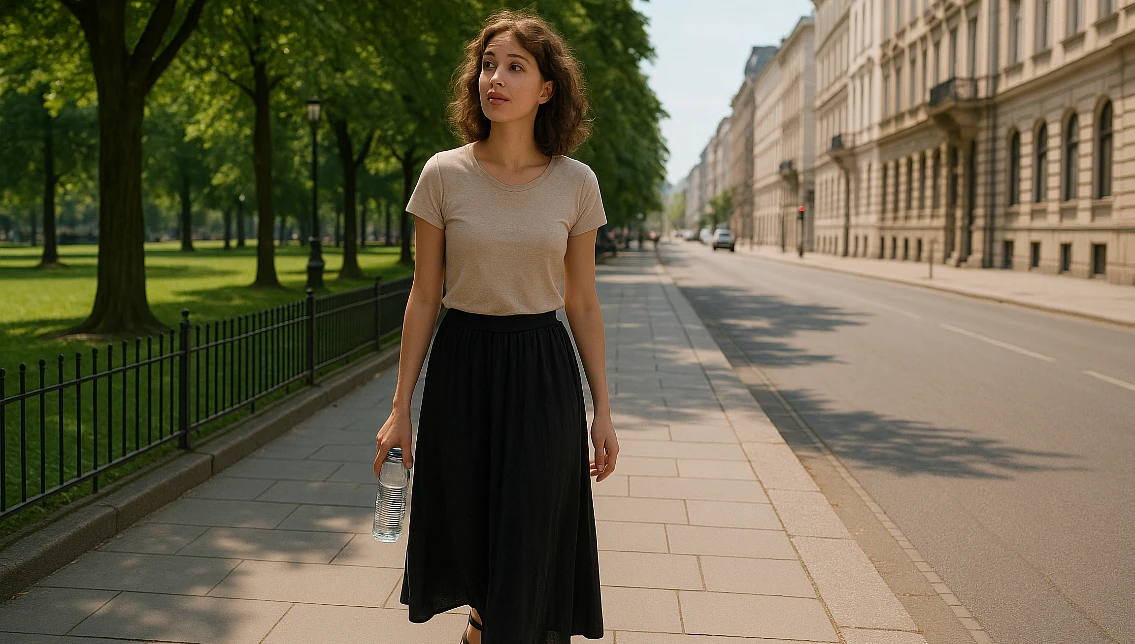🎯 Too Long; Didn’t Read
Figuring out the top things to do in Albuquerque means looking past the postcards. This city is a wild mix of high desert, deep history, and offbeat charm.
-
Get a real nature and culture fix at the ABQ BioPark. This isn't a single attraction; it's a multi-stop day. You get a legit zoo, an aquarium that totally transports you from the desert, plus sprawling, serene botanical gardens for a breather.
-
The Albuquerque International Balloon Fiesta is the city's signature event. Each October, the sky absolutely fills with hundreds of balloons. The mass ascensions are a spectacle—a coordinated launch creating a kaleidoscope overhead. At night, it shifts. During the "night glows," tethered balloons fire their burners in unison, pulsing against the dark sky.
-
To understand local history, the Indian Pueblo Cultural Center is essential. It's operated by the 19 Pueblos themselves, which gives it authentic weight. The exhibits change and engage. Plan your visit around a scheduled traditional dance performance or a feast day celebration for a deeper experience.
-
For killer views, ride the Sandia Peak Tramway. The journey up is a thrill, scaling dramatic cliff faces to reach the 10,378-foot crest. At the top, you can hike the ridge trails or simply stand there and take in the entire Rio Grande Valley panorama.
-
Old Town Albuquerque is the historic heart. Adobe buildings house shops selling everything from tourist trinkets to authentic Native American art. It feels frozen in time, but it’s alive with street vendors and frequent festivals.
-
Get outside at the Petroglyph National Monument. Thousands of ancient symbols are carved into volcanic rock by Ancestral Pueblo people and Spanish settlers. Hike any of the three canyon trails to see them up close. It’s a direct link to the past.
-
The Albuquerque Museum delivers on Southwest art and history with a solid permanent collection and sharp rotating exhibits.
-
The Turquoise Museum is a deep dive into the stone’s geology and its cultural weight. You’ll learn how to spot the real stuff.
-
The National Museum of Nuclear Science & History presents the atomic age’s artifacts, from early research to the Cold War, and educates on nuclear science’s future.
-
Unwind at Casa Rondeña Winery. This place feels like a Tuscan getaway, a stunning vineyard setting for local wine tastings and concerts.
-
Skip the interstate. For a real connection between Albuquerque and Santa Fe, take the Turquoise Trail (Hwy 14). This backroad carves through the hills, passing ghostly mining spots like Madrid. The town’s now a funky hub—think art galleries in old saloons and seriously good coffee.
-
History buffs should hit Casa San Ysidro in Corrales. It’s a painstakingly recreated 18th-century homestead. The authenticity pulls you in.
-
If your tastes run darker, the Old Town Ghost Tour weaves eerie local tales through shadowy streets after sundown.
-
Need a quick nature fix? The Elena Gallegos Open Space is your spot. Its extensive trail network, right in the Sandia foothills, is prime for a brisk hike or a casual picnic. The panoramic city views from there are unbeatable.
It’s a curated guide for a trip that engages your senses, teaches you something, and feels unforgettable and distinctly Burque.
ABQ BioPark
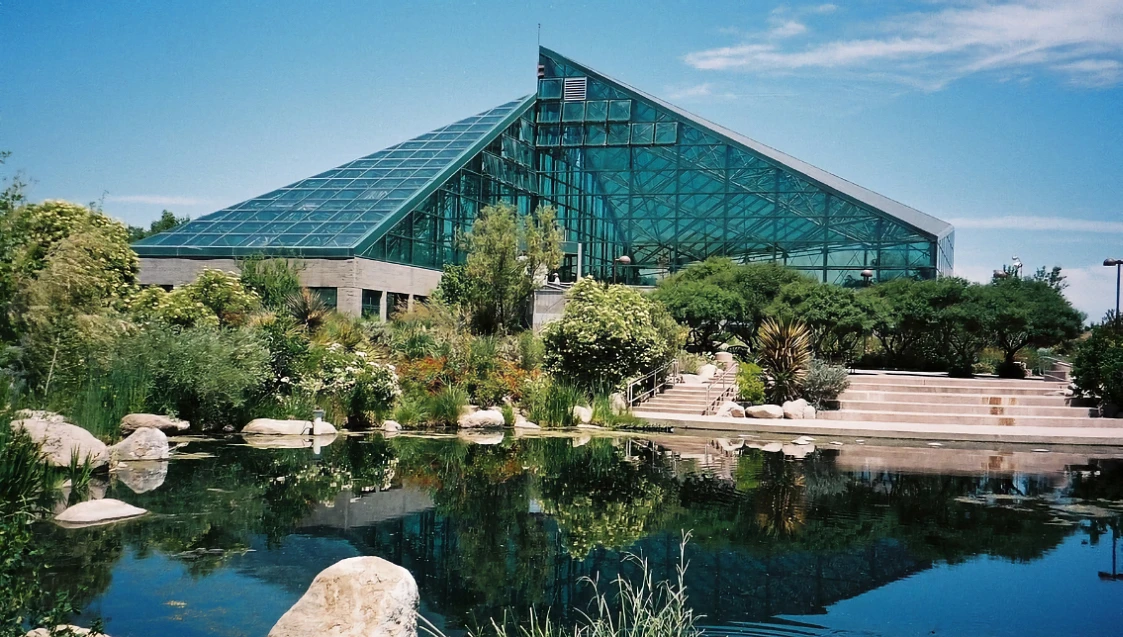
Don’t think of the ABQ BioPark as just one stop. It’s really a cluster of four spots, all nestled along the Rio Grande’s edge. The zoo houses more than 900 animals—there’s a mix of local standouts like Mexican wolves alongside rarer creatures such as snow leopards, which you won’t easily spot elsewhere.
Not far off, the aquarium focuses on particular habitats instead of just a broad collection. It covers waters from the Gulf of Mexico to the Pacific Ocean, letting visitors experience those environments without leaving New Mexico.
Then the atmosphere changes completely at the botanic garden. This isn’t a place to rush through—it calls for slow strolls along paths weaving through themed areas. You might find yourself in a serene Japanese Garden, then moments later stepping into a lively Butterfly Pavilion alive with fluttering wings.
The garden boasts a thoughtful mix of native and well-adapted plants. It strikes that unusual balance: being both genuinely fun and genuinely informative, all within the same green space.
Albuquerque International Balloon Fiesta
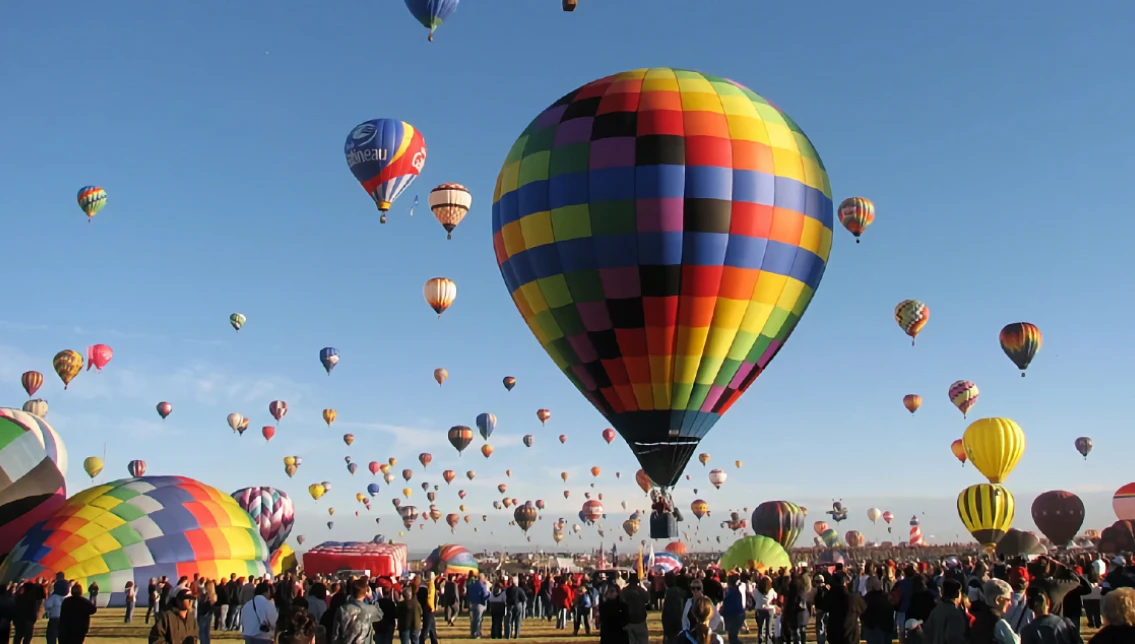
Every October, Albuquerque’s sky turns into something else entirely. The International Balloon Fiesta? Yeah, it’s huge—largest of its kind anywhere. Hundreds of balloons and just as many people show up. Early morning? That’s the magic time: hundreds of balloons lifting off, quiet and slow, silhouetted perfectly against the jagged Sandia Mountains.
When night falls, things change. The balloons light up, glowing like lanterns in the dark—kind of spooky but oddly beautiful. Then there are the “special shape rodeos,” a bit offbeat and fun, with balloons shaped like everything from animals to cartoon characters.
The whole area hums with activity—local food stalls serve up real New Mexico flavors, live music weaves through the crowd, and hands-on exhibits keep people busy between launches. It hits all the senses and sticks with you long after you leave.
Indian Pueblo Cultural Center
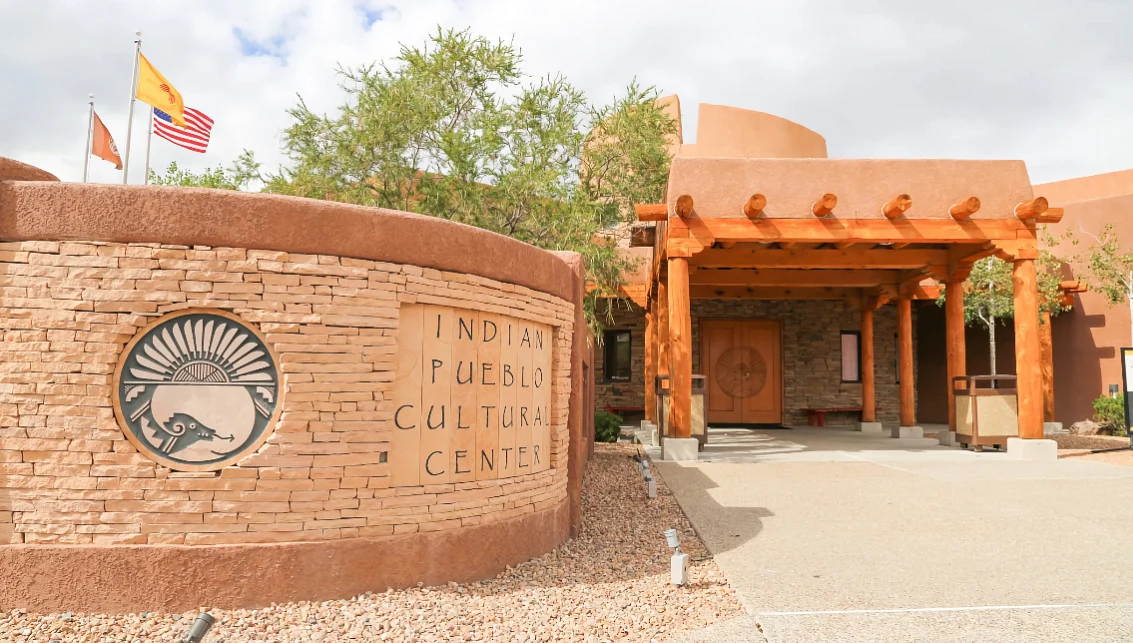
Operated directly by the 19 Pueblo tribes of New Mexico, the Indian Pueblo Cultural Center is the epicenter of their ongoing narrative. Its museum moves beyond mere artifact display. Instead, dynamic exhibits draw clear lines from ancient practices to contemporary Pueblo life. You'll find exquisite pottery, vivid weaving, and oral histories.
The place pulses with activity—a packed schedule features ceremonial dances and seasonal festivals. For a real taste, the on-site Pueblo Harvest restaurant serves unfiltered, traditional dishes. The result is tangible. You leave connected to a culture that is unequivocally present.
Sandia Peak Tramway
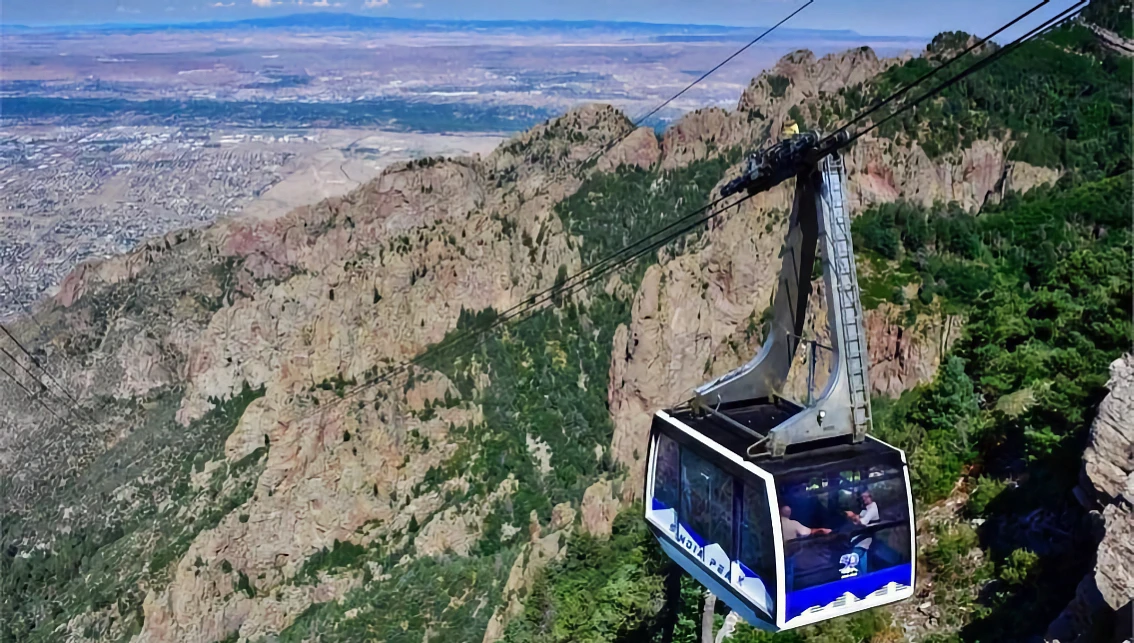
The Sandia Peak Tramway holds the world record for length, and the ride absolutely proves why it's worth it. Your car hauls you up the face of the Sandias, delivering seriously stunning views all the way to the 10,300-foot summit.
Up top, the world opens up. A network of hiking trails fans out from the terminal. The panoramic view of the Rio Grande Valley is legit jaw-dropping. You can grab a meal at the mountaintop restaurant—eating that high up is a trip in itself.
It runs every season. When winter hits, the same slopes transform into a skier and snowboarder's playground.
Old Town Albuquerque
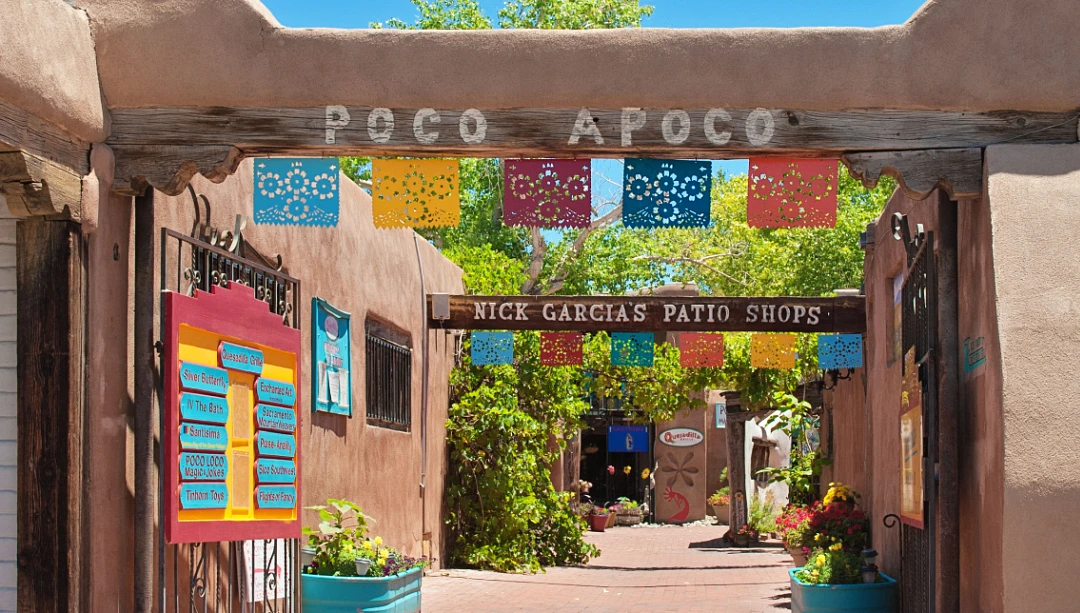
Old Town is Albuquerque's original core, a maze of low-slung adobe buildings and walkways that's been the city's pulse since 1706. It has charm to spare.
You can easily lose an afternoon here. Boutiques and art galleries hawk everything from turquoise jewelry to local pottery. The museums are small but packed with history. And when you need a break, restaurants sling red and green chile from cozy patios.
But the central plaza is the main event. It’s where the action is—spontaneous flamenco guitar, traditional Native American dances, weekend markets. That constant, vibrant energy is what makes the place tick.
Petroglyph National Monument
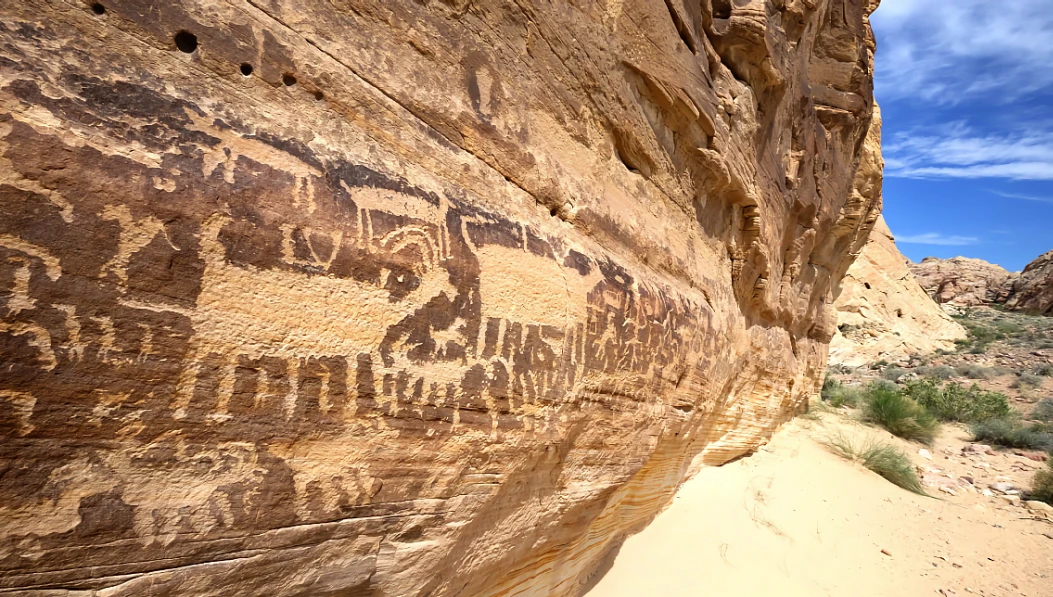
This place is raw history. Thousands of ancient etchings—over 20,000, actually—are scattered across the black rock. Native American artists and later Spanish settlers carved them. You can see their work up close.
Here, you hike. Trails weave through a volcanic terrain of sharp, dark basalt. Paths range from easy walks to legit scrambles. Everyone can handle it.
These petroglyphs aren't just pictures. They're a direct, gritty link to the past. They show what people saw, believed, and did centuries ago. You’re walking the same ground they did. The experience connects you to the land itself and the folks who called it home. It’s a seriously cool mix of nature and deep human history.
Albuquerque Museum
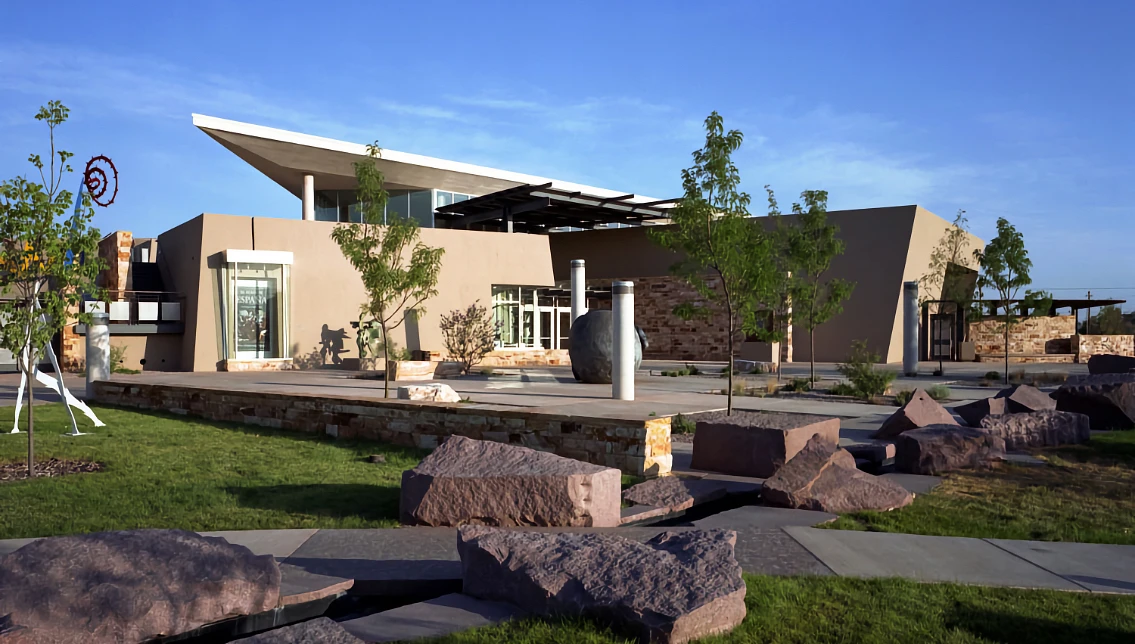
The Albuquerque Museum zeroes in on what makes the Southwest unique. Its permanent collection isn't just displayed; it tells a story. You'll find paintings, historical objects, and photographs that feel lived-in.
Temporary shows constantly rotate, offering new takes on local culture. Need a break from the galleries? The sculpture garden outside provides a literal breath of fresh air. The place also runs serious educational programs—think lectures and workshops.
This institution connects the dots for visitors. It helps you understand how Albuquerque's past shaped its present. The content appeals to hardcore art fans, history buffs, and casual visitors just digging a bit deeper. It’s about engagement, not just observation.
Turquoise Museum
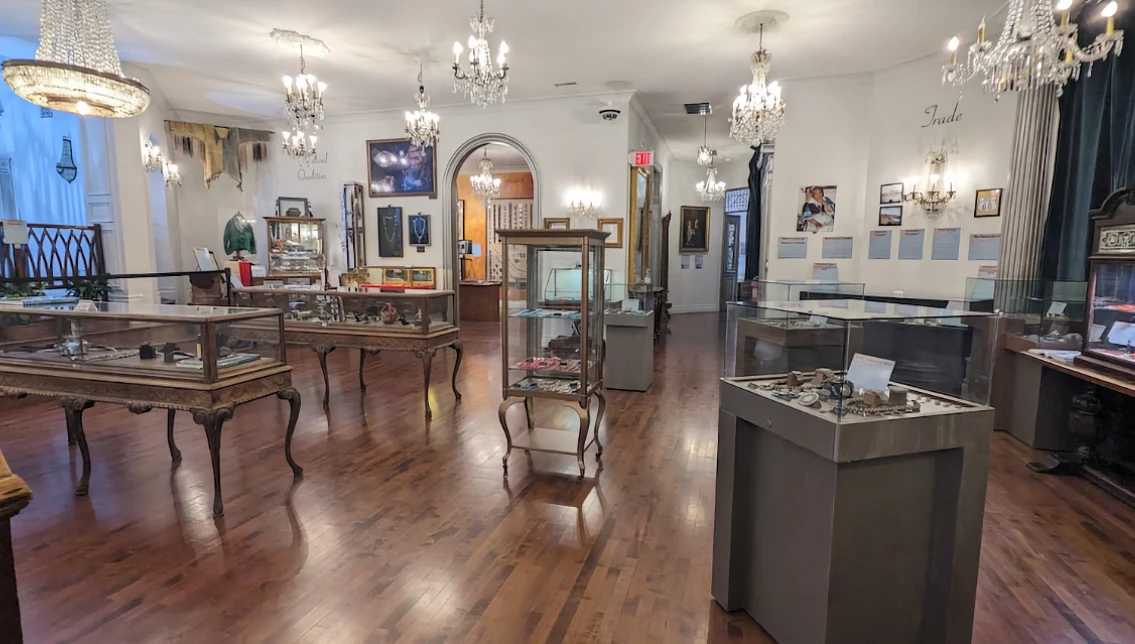
The Turquoise Museum digs deep into the story of New Mexico’s signature gem. You get the raw geology—how volcanic activity and intricate vein systems actually form the stone. Then, it connects those minerals to meaning. The exhibits trace turquoise from sacred Indigenous traditions to its adoption by Spanish silversmiths and its current status in Southwestern bling.
The setting itself is a major flex: a converted, creaky-floored mansion. This isn’t a sterile white box. You’ll find gnarly, rare matrix specimens next to delicate antique necklaces and bold, modern statement pieces. It’s a legit, nerdy deep dive. The place doesn’t just show you pretty rocks; it explains the state’s cultural fabric through them. Perfect for rockhounds, history buffs, art fans, or anyone tired of generic tourist traps.
National Museum of Nuclear Science & History
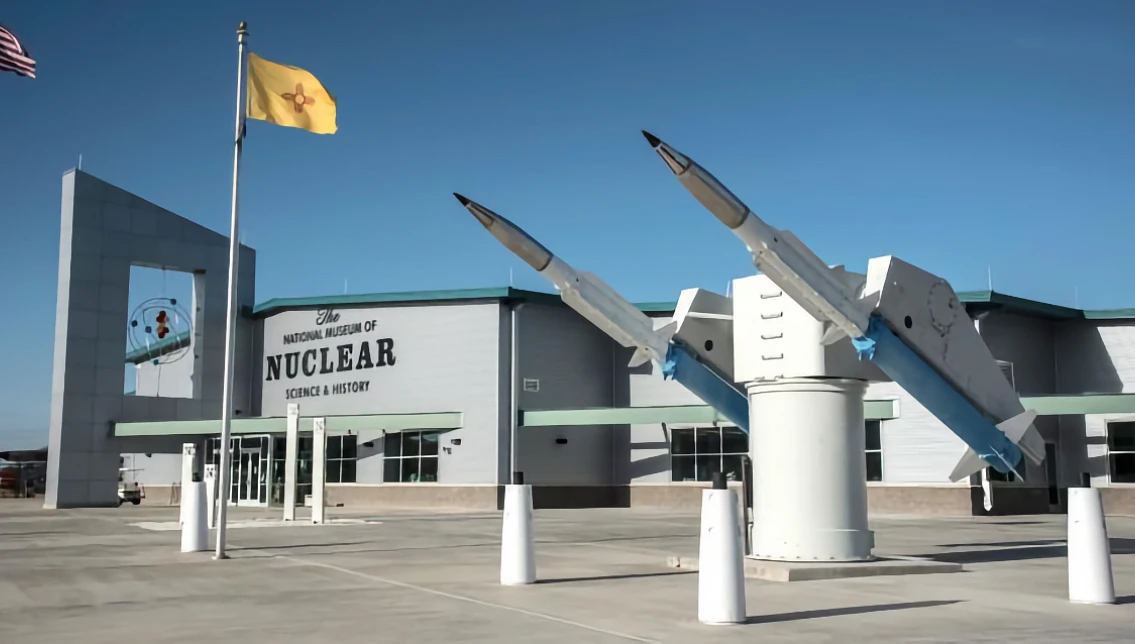
The museum charts the path from Marie Curie’s lab to today’s reactors and radiotherapy units. Its chronology is blunt. You confront actual artifacts. A decommissioned Minuteman missile lies dormant in a hangar. The nose cone of a B-52 bomber towers over visitors. These are not replicas.
The exhibits tackle heavy subjects directly. One section details the Manhattan Project’s race against time. It displays primitive equipment used to isolate plutonium. Another section explains nuclear medicine’s role in diagnosing cancers.
Hands-on stations demystify the underlying physics. One display uses a cloud chamber to make atomic decay visible. Another lets you operate a model reactor. These interactions translate abstract concepts into tangible cause and effect.
The curation avoids simple celebration or condemnation. It provides the facts. The context. The global consequences, for better and worse. The result is a demanding but rewarding experience. It engages both experts and curious teenagers.
Casa Rondeña Winery
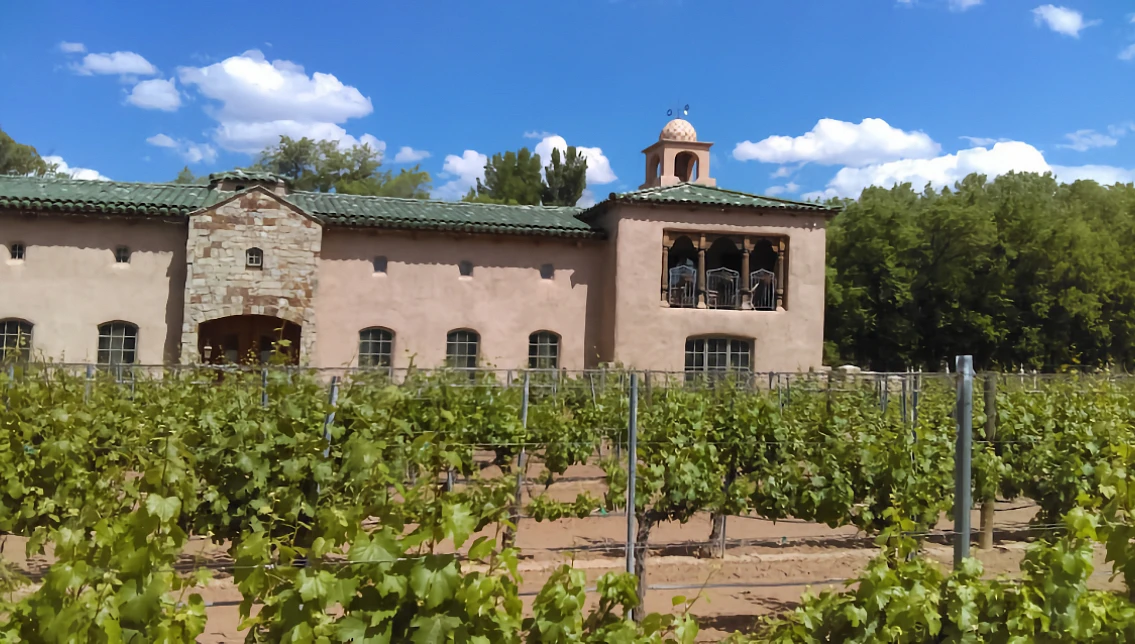
Casa Rondeña Winery sits in Albuquerque's North Valley. Award-winning wines draw people in. But the place also has serious style—think sun-drenched adobe architecture surrounded by sprawling vines. You can post up inside for a classy tasting or head outside. The patio views of the vineyard are legit.
They frequently book live music and host events, so the vibe is often buzzing. Yet it still manages to feel like a quiet escape. Essentially, it’s a spot that nails both sides: a genuine focus on New Mexico viticulture and a simply gorgeous place to unwind.
Turquoise Trail
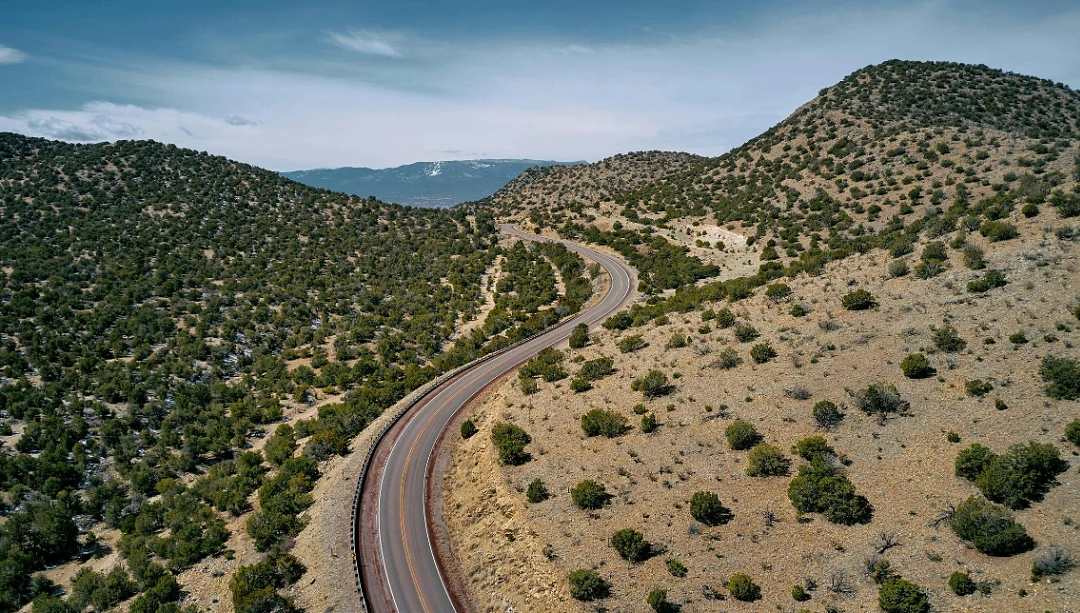
The Turquoise Trail is a 50-mile backroad linking Albuquerque and Santa Fe. It winds through old mining towns, some barely more than ghosts now. You'll pass funky art galleries and seriously kitschy roadside stops.
Madrid is the main event—a ghost town rebooted by artists, full of life and history. And the views? The Sandia Mountains dominate the horizon, offering jaw-dropping vistas, especially at sunset. This route is a drive for savoring, not speeding. It demands you slow down and actually look around. You get the area's artistic vibe and layered history in a way the freeway completely misses.
Casa San Ysidro
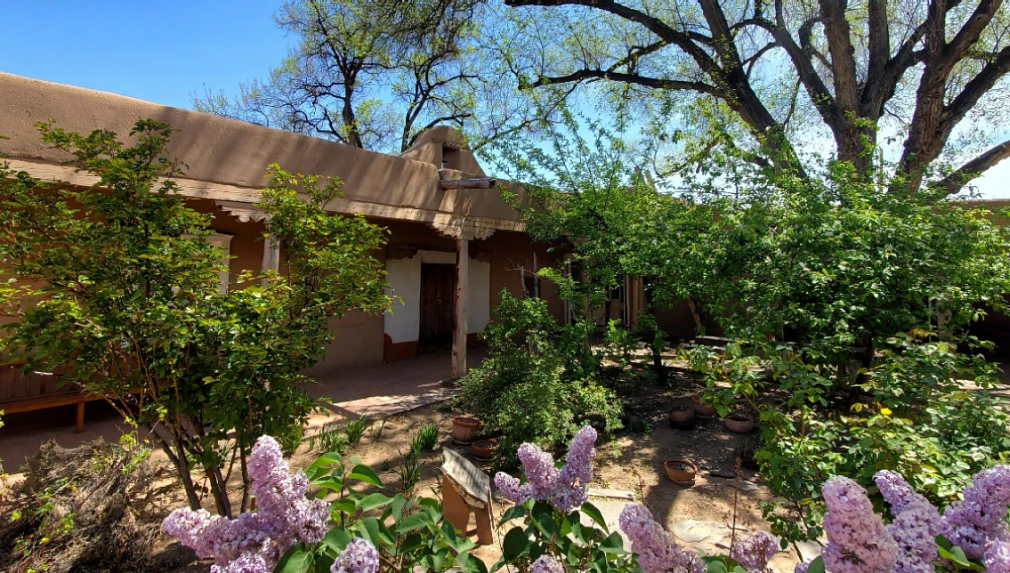
Casa San Ysidro is no sterile exhibit. Tucked into Corrales, this adobe house museum delivers a raw, unfiltered look into the 19th century. Here, you’re surrounded by the actual stuff of colonial life—weathered metates, hand-forged tools, rustic furnishings.
The place is painstakingly restored. Thick adobe walls, wood-beamed ceilings—it feels legit. You get the profound sense of a hard, simple existence. This isn't just observation; it's a visceral immersion.
They don't just let the building sit, either. The site pulses with workshops and hands-on demos. You might find a blacksmith working a forge or a guide explaining traditional cooking methods. It’s a direct, tangible link to a past that shaped New Mexico. You leave not just informed, but feeling like you’ve actually been there.
Albuquerque Old Town Ghost Tour
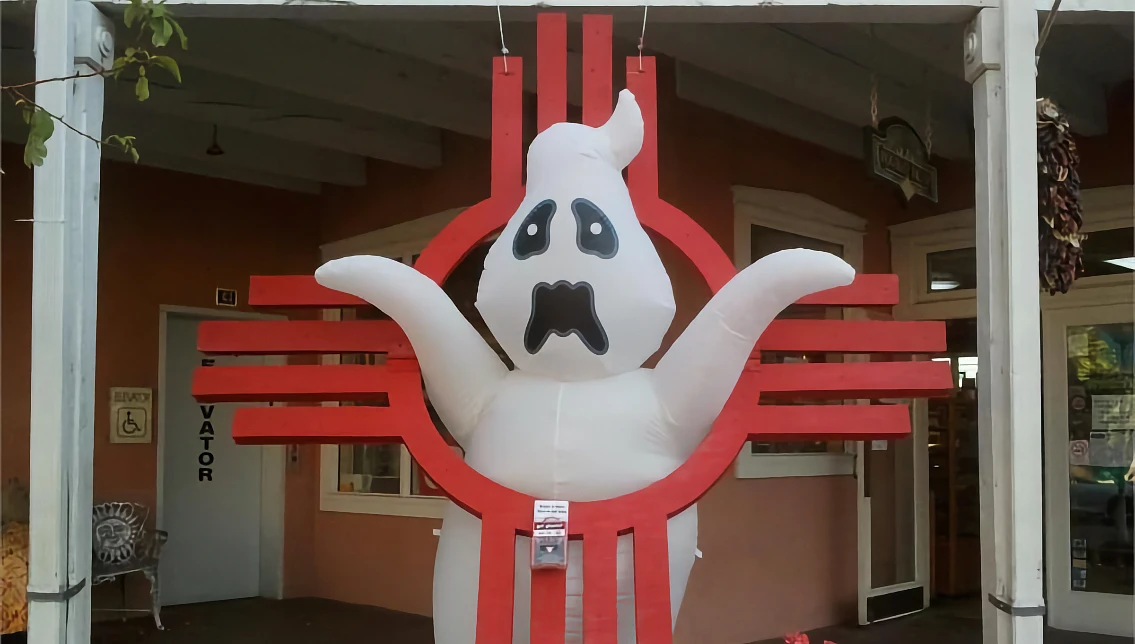
The Old Town ghost tour is a crawl through the district’s darkest corners, where guides dish on legit hauntings, unsolved cases, and straight-up weird events. You get the facts alongside the local legends. The whole thing is designed for anyone craving a thrill or a seriously good story.
This walk re-frames an Old Town visit entirely. You’re not just looking at old adobe buildings; you’re hearing their secrets. It’s an evening packed with cold chills and genuine historical context—a much darker, more engaging way to connect with Albuquerque’s past. Real ones know this is the best way to see the city after dark.
Elena Gallegos Open Space
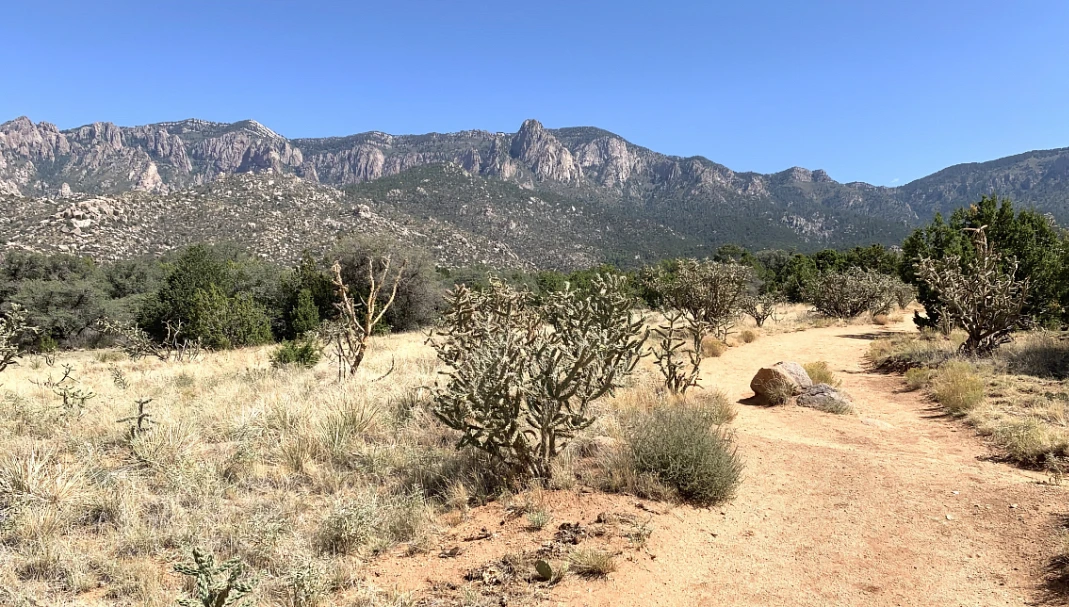
Nestled in the Sandia foothills, the Elena Gallegos Open Space delivers killer views of Albuquerque and the mountain ranges that encircle it. Sun-baked trails weave through piñon and juniper, catering to hikers, mountain bikers, and even horseback riders.
The terrain is a proper nature spot. You'll find coyote scat on the path, hear the squeak of a roadrunner, and catch the scent of ponderosa pine. Several picnic areas and panoramic overlooks are strategically placed for a quick break or a full-blown siesta.
The routes range from casual strolls to leg-burning climbs, so no one gets left behind. It’s the city's go-to for a quick nature fix without the long drive. Folks head there to decompress, get some air, and maybe catch a killer sunset over the mesa.
❓FAQ❓
❶ What’s a good time to hit Albuquerque, minus the October balloon madness?
Spring and fall are your best bets. Specifically, aim for April through early June or September into November. Temperatures are perfect—not that brutal summer heat. You get ideal conditions for hiking the foothills or checking out local festivals without the crowds.
❷ What’s the move for getting around without a car?
It’s totally doable. ABQ RIDE runs the city’s bus network, including a few Rapid Transit lines that are seriously useful. The best part? Many central routes are completely free. Their app is key for real-time schedules. Uber and Lyft are also everywhere and reliably quick.
❸ Any cool neighborhoods beyond Old Town?
Absolutely. Nob Hill has an artsy vibe with indie boutiques and cool galleries. Downtown is all about energy: great food spots and impressive street art on almost every corner. For a deeper cultural feel, head to the South Valley. It’s the city’s Hispanic heartland, with authentic farmers' markets and family-run wineries.
❹ Should I worry about the altitude?
Yes, it’s a legit concern. The city sits at roughly 5,000 feet. If you’re coming from sea level, you might feel it—think shortness of breath or a slight headache. Hydrate like it’s your job. Go easy for the first day, especially if you plan on biking or hiking.




